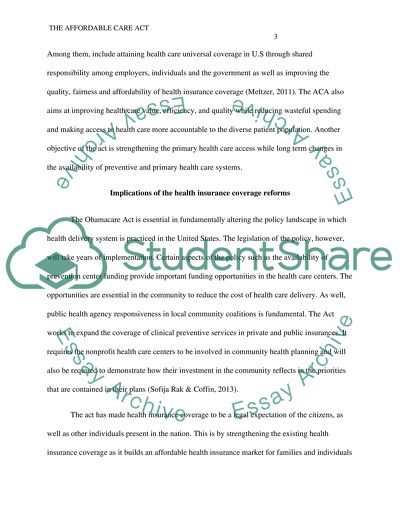Cite this document
(“Affordable health care Term Paper Example | Topics and Well Written Essays - 2000 words”, n.d.)
Retrieved from https://studentshare.org/health-sciences-medicine/1681973-affordable-health-care
Retrieved from https://studentshare.org/health-sciences-medicine/1681973-affordable-health-care
(Affordable Health Care Term Paper Example | Topics and Well Written Essays - 2000 Words)
https://studentshare.org/health-sciences-medicine/1681973-affordable-health-care.
https://studentshare.org/health-sciences-medicine/1681973-affordable-health-care.
“Affordable Health Care Term Paper Example | Topics and Well Written Essays - 2000 Words”, n.d. https://studentshare.org/health-sciences-medicine/1681973-affordable-health-care.


